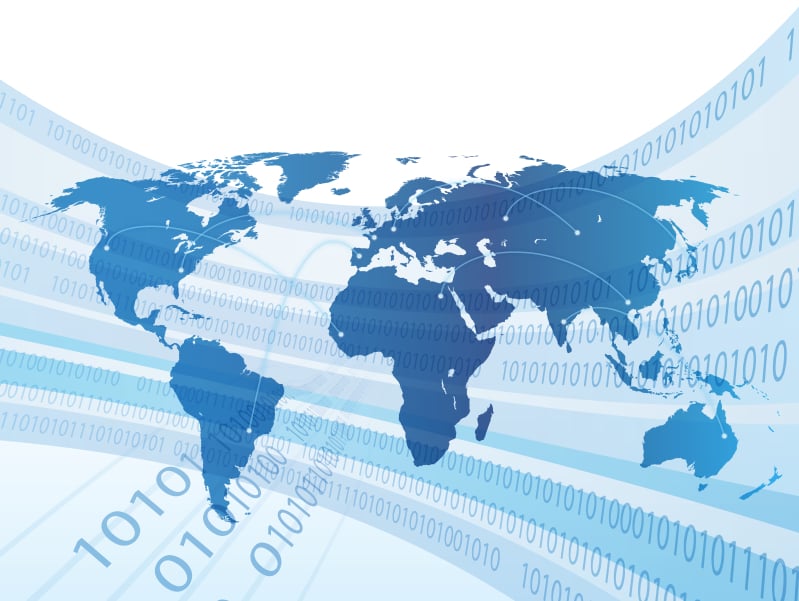Tech, Government Leaders Highlight Benefits of Information Technology Agreement
Wednesday, Jun 07, 2017, 8:30pm
by Semiconductor Industry Association
SIA President & CEO John Neuffer and other leaders from industry, government and academia participated in a panel discussion this week on the benefits of the WTO Information Technology Agreement (ITA), a pioneering trade pact that eliminates tariffs on hundreds of high-tech products, from semiconductors to smart phones. Panelists highlighted the ITA’s key role in spurring productivity, innovation, and economic growth, while promoting prosperity and higher standards of living through increased access and affordability of transformational technologies.

Products covered by the ITA and its recent expansion include computers, telecommunications equipment, software, MRI machines, GPS devices, solid state drives, video cameras, sophisticated testing equipment, and other components and equipment that form the backbone of the Internet and the global digital infrastructure. The agreement also includes next-generation semiconductors known as MCOs and a wide assortment of other products that incorporate semiconductors. Altogether, the expanded ITA covers $1.7 trillion in trade, roughly 10 percent of all globally traded products.
In addition to SIA’s John Neuffer, other speakers at the event included Sage Chandler, Vice President, Consumer Technology Association (CTA); Stephen Ezell, Vice President, Global Innovation Policy, Information Technology & Innovation Foundation (ITIF); Shu-Mei Yang, Director of Economic Division, Taipei Economic and Cultural Representative Office (TECRO); Edmund Saums, Senior International Trade Advisor, USAID iBEAM Project; and Matthew Coleman, Vice President of Government Sales, PrecisionHawk.
During the panel, Stephen Ezell of ITIF presented his recent report identifying the wide-ranging economic benefits of the ITA to developing countries. The study does a deep dive on the impact joining the ITA would have on six economies in various stages of economic development – Argentina, Cambodia, Chile, Kenya, Pakistan, and South Africa. Edmund Saums, co-author of recent USAID reports on the ITA’s benefits to Kenya, Uganda, and Lesotho, highlighted his studies’ findings. Matthew Coleman of PrecisionHawk, a service-provider and maker of sensors and software for drone applications, highlighted how participation in the ITA facilitates access to transformational technologies that promote productivity in traditional non-ICT sectors like agriculture, construction, insurance, and energy sectors.
Officials from about a dozen embassies attended the panel, including Argentina, Vietnam, Kenya, Pakistan, Brunei, and Tunisia, among others. The panel session comes ahead of a WTO symposium in Geneva on June 27-28 marking the 20th anniversary of the ITA. SIA will continue advocacy to inform non-ITA countries how joining this landmark agreement is a meaningful and tangible step governments can take to modernize their economies, attract investment, deepen their participation in global ICT value chains, promote economic growth, and achieve development goals such as improving environmental protection, healthcare, and education.